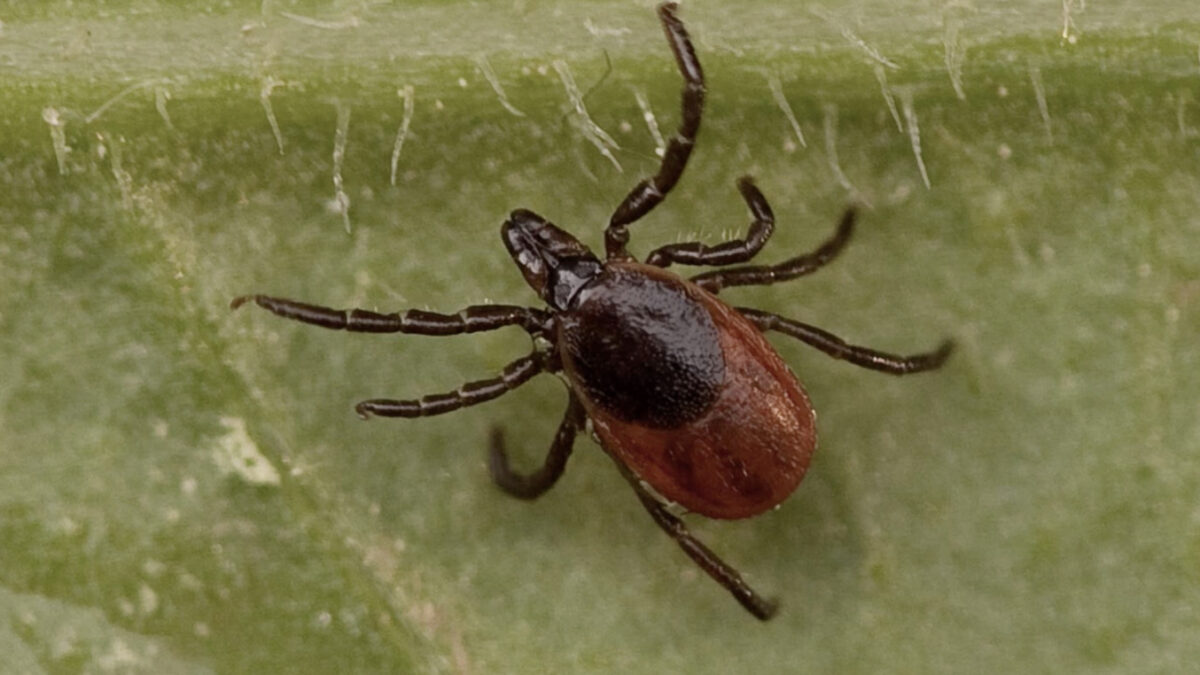After an especially warm winter and early spring, disease-carrying ticks are more likely to pose bigger threats to both humans and animals sooner than usual.
Manisha Kulkarni, a professor in epidemiology and public health at the University of Ottawa — and head of the UPTick research project — says the blood-sucking insects have been multiplying in the region since early March.
In past years, the first human encounters with ticks usually do not occur in Ottawa until mid-April.
“With ongoing issues of climate change, we’ve seen a general trend of warming temperatures and longer seasons, allowing tick populations to survive and flourish through colder temperatures,” she said. “With more time in the spring, summer, and autumn to find hosts, more ticks can reproduce. This makes both an expansion of endemic areas and an increase in tick abundance in those endemic areas.”
With more time in the spring, summer, and autumn to find hosts, more ticks can reproduce. This makes it both an expansion of endemic areas and an increase in tick abundance in those endemic areas.
— Manisha Kulkarni, professor of public health, uOttawa
The UPTick project conducts regular tick surveillance in the area. Researchers drag a one-metre-square flannel cloth in areas under watch every two weeks to collect specimens for different studies. For the past three years, research has taken place in four neighbourhoods in Kanata, Stittsville and Carp.
Michael Runtz, an author and natural history professor at Carleton University, says 30 per cent of ticks in the city are believed to be infected with Borrelia burgdorferi, which is known to cause Lyme disease.
Runtz says the seriousness of Lyme disease means local residents should be attentive to the risk of encountering ticks.
The disease is transferred through a black-legged tick’s bite. Typical symptoms include fever, headache, fatigue, and severe skin rash. If left untreated, an infection can spread to joints, the heart, and the nervous system.
Ticks also spread other diseases through bites, including Anaplasmosis and the Powassan virus, which can cause acute encephalitis. Both have been reported in Ottawa, though at a lower rate than Lyme disease.
“Lyme disease is the only one you need to worry about if you are out on a trail or in the woods. Make sure to check for them when you leave, especially before you get into bed. I’ve already made that mistake once,” Runtz said.
Runtz says ticks need lots of moisture to survive and warm temperatures to become active. Conditions were drier than usual in the Ottawa area in March, so the amount of rain that the city receives this spring and summer could make a difference, he said.
With the expansion of the city into rural areas, more people are likely to be exposed to infected ticks.
Researchers at UPTick have begun expansion of surveillance areas. The researchers will also conduct a survey “to gather information on Ottawa residents’ knowledge and perceptions of tick-borne disease, and their use of and attitudes towards preventative measures,” Kulkarni said.
Biologists have urged everyone in the capital region to be aware there is a risk of coming into contact with ticks in the environment in and around Ottawa, especially on trails and parks near wooded areas, such as the Greenbelt, Gatineau Park or near waterways. It is recommended that people stay on trails and wear insect repellent that protects against ticks.
People who have been bitten by a tick should seek timely treatment from their health care provider, an emergency room or local pharmacist.




